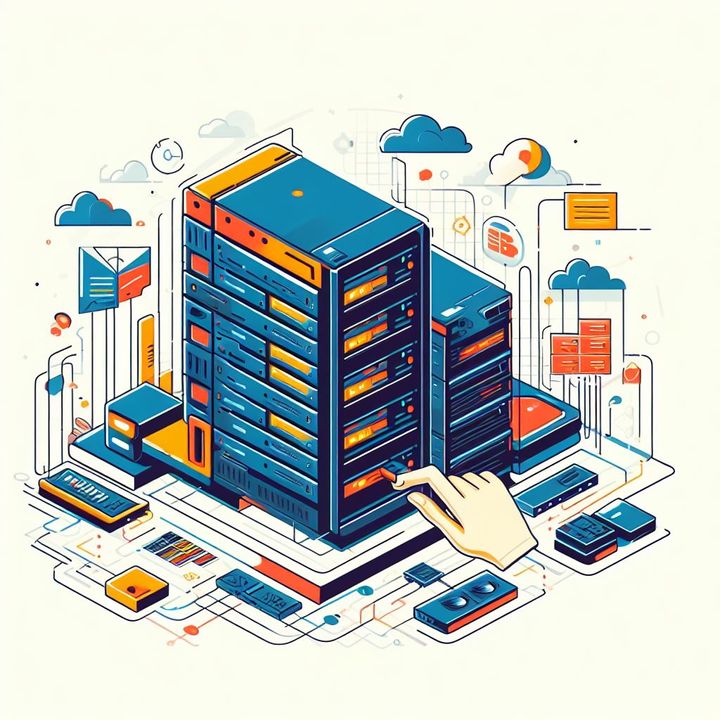How to Optimize Your Dedicated Server for Internet of Things (IoT) Applications

Optimizing a dedicated server for Internet of Things (IoT) applications involves configuring it to handle the unique requirements and demands of IoT devices and applications. Here are steps you can take to achieve this:
- Choose the Right Hardware:
- Ensure your server hardware is robust enough to handle the expected load. This might include a powerful processor, ample RAM, and sufficient storage space.
- Select an Efficient Operating System:
- Choose an operating system that's known for stability, security, and performance. Linux distributions like Ubuntu Server, CentOS, or Debian are often popular choices.
- Security Measures:
- Implement security best practices, including firewalls, intrusion detection systems, regular security audits, and frequent software updates.
- Optimize Network Configuration:
- Tune network settings to handle a potentially large number of connections from IoT devices. This might include adjusting TCP/IP settings, optimizing routing tables, and configuring load balancing.
- Bandwidth Management:
- Implement Quality of Service (QoS) to prioritize traffic and ensure critical IoT data gets the necessary bandwidth.
- Database Optimization:
- If your IoT application involves a database, make sure it's optimized for fast read/write operations. Consider using in-memory databases or caching mechanisms.
- Web Server Configuration:
- If your IoT application involves a web interface, optimize the web server (e.g., Apache, Nginx) for performance and security. This may involve configuring caching, load balancing, and SSL/TLS settings.
- Implement Caching:
- Utilize caching mechanisms to reduce the load on the server. This could be at various levels including database caching, object caching, or CDN caching.
- Implement Load Balancing:
- Distribute incoming traffic across multiple servers to improve reliability and scalability. This ensures that no single server becomes a bottleneck.
- Monitoring and Analytics:
- Use monitoring tools to keep track of server performance, resource utilization, and network traffic. Analytics can help identify patterns and optimize resource allocation.
- Optimize Database Queries:
- Write efficient database queries to reduce the load on the database server. Indexing, proper schema design, and query optimization are crucial.
- Containerization and Orchestration:
- Consider using containerization platforms like Docker and orchestration tools like Kubernetes. These technologies can help in managing and scaling IoT applications effectively.
- Implement Edge Computing:
- For latency-sensitive IoT applications, consider deploying edge computing nodes to process data closer to the source rather than sending it to a central server.
- Scale Vertically or Horizontally:
- Depending on your requirements, you may need to scale your server vertically (upgrading hardware) or horizontally (adding more servers to a cluster).
- Power Management:
- Implement power-saving features if possible, especially for IoT applications that may be deployed in energy-constrained environments.
- Documentation and Best Practices:
- Keep thorough documentation of your server configuration and best practices. This ensures that the optimization efforts can be maintained and improved over time.
Remember, the specific optimizations needed will depend on the nature of your IoT application and the devices it interacts with. Regular monitoring and performance testing will help you identify areas that may need further optimization.



